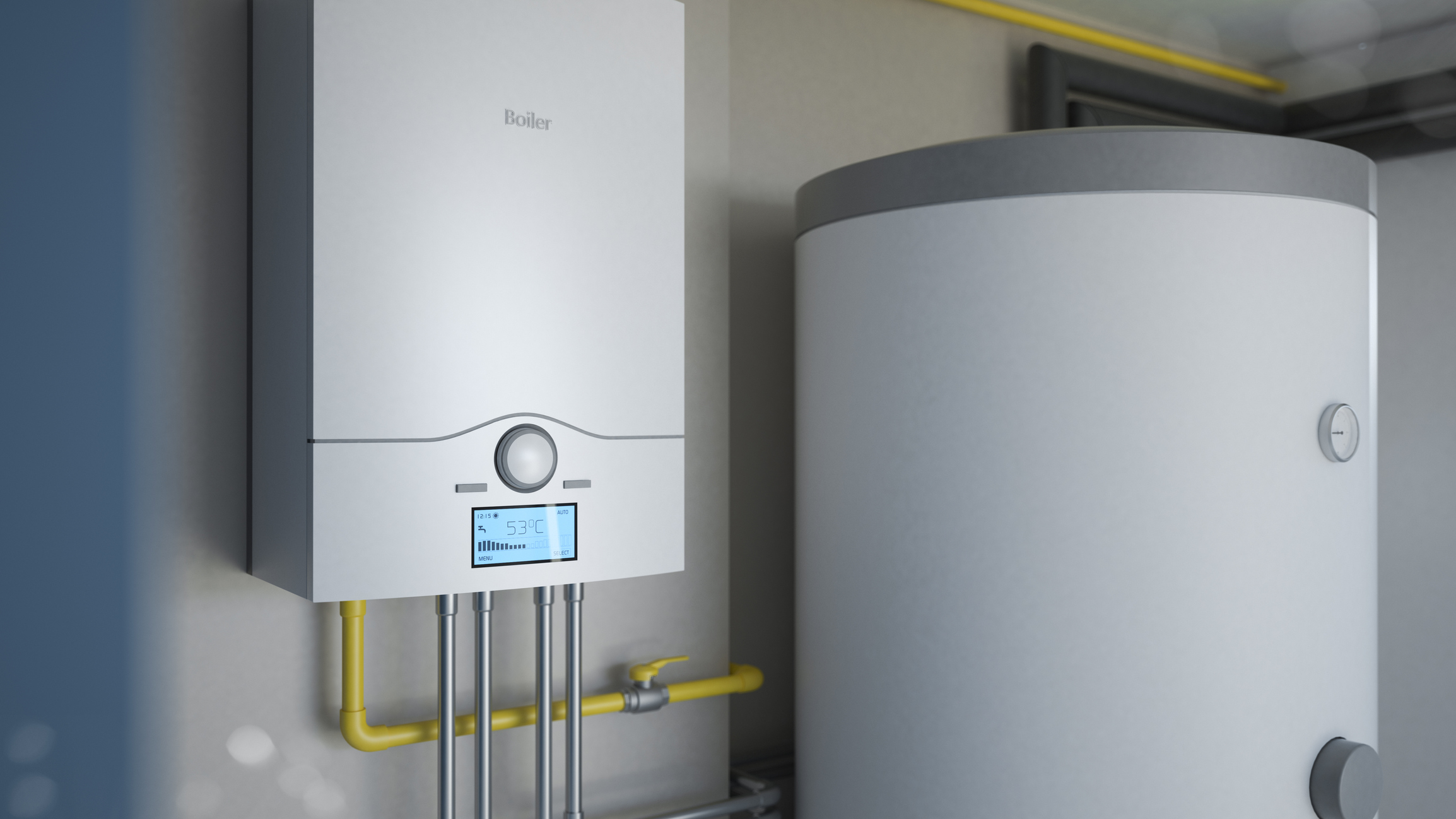What are your concepts on How to Maintain a Hot Water Heater in a Few Simple Steps?

Hot water is crucial for everyday comfort, whether it's for a refreshing shower or cleaning meals. To guarantee your hot water system runs efficiently and lasts much longer, regular upkeep is essential. This short article gives functional tips and understandings on how to keep your home's hot water system to stay clear of disturbances and expensive fixings.
Introduction
Preserving your home's warm water system might seem complicated, yet with a few basic actions, you can ensure it operates efficiently for several years to come. This guide covers whatever from recognizing your hot water system to DIY maintenance ideas and recognizing when to hire professional assistance.
Value of Keeping Your Warm Water System
Regular upkeep not only extends the life expectancy of your warm water system yet additionally ensures it operates efficiently. Overlooking upkeep can cause lowered performance, higher energy bills, and even premature failure of the system.
Indications Your Warm Water System Demands Upkeep
Recognizing when your warm water system requires focus can prevent major issues. Look out for signs such as inconsistent water temperature, unusual noises from the heating unit, or rustic water.
Flushing the Water Heater
Flushing your hot water heater removes sediment accumulation, enhancing efficiency and prolonging its life.
Checking and Replacing Anode Rods
Anode poles protect against rust inside the storage tank. Evaluating and changing them when worn out is essential.
Complicated Problems Needing Specialist Aid
Instances consist of significant leaks, electrical problems, or if your water heater is regularly underperforming.
Routine Expert Maintenance Perks
Expert upkeep can consist of complete examinations, tune-ups, and making certain conformity with security requirements.
Checking and Changing Temperature Level Setups
Changing the temperature settings guarantees ideal performance and safety.
Do It Yourself Tips for Upkeep
You can do a number of maintenance tasks yourself to keep your warm water system in leading problem.
Checking for Leaks
Regularly check pipelines and connections for leaks, as these can lead to water damage and higher bills.
Understanding Your Warm Water System
Prior to diving right into maintenance tasks, it's helpful to understand the standard parts of your hot water system. Generally, this includes the hot water heater itself, pipelines, anode rods, and temperature level controls.
Regular Monthly Maintenance Tasks
Regular month-to-month checks can assist catch minor concerns prior to they intensify.
Testing Stress Alleviation Valves
Evaluating the pressure safety valve guarantees it functions appropriately and protects against extreme pressure build-up.
Protecting Pipes
Shielding warm water pipes reduces warmth loss and can save energy.
When to Call a Specialist
While DIY upkeep is helpful, some problems need expert experience.
Conclusion
Routine maintenance of your home's hot water system is crucial for effectiveness, long life, and cost financial savings. By following these suggestions and recognizing when to seek expert help, you can guarantee a trusted supply of hot water without unforeseen disruptions.
How to Maintain an Instant Hot Water Heater
Before tinkering with your hot water heater, make sure that it’s not powered on. You also have to turn off the main circuit breaker and shut off the main gas line to prevent accidents. Also turn off the water valves connected to your unit to prevent water from flowing into and out of the appliance. 2. When you’re done, you have to detach the purge valves’ caps. These look like the letter “T†and are situated on either side of the water valves. Doing so will release any pressure that has accumulated inside the valves while at the same time avoid hot water from shooting out and burning your skin. 3. When the purge valves’ caps are removed, you have to connect your hosing lines to the valves. Your unit should have come with three hoses but if it didn’t, you can purchase these things from any hardware or home repair shops. You can also get them from retail stores that sell water heating systems. Read the user’s manual and follow it to complete this task properly. When the hosing lines are connected, open the purge port’s valves. 4. You should never use harsh chemical cleaners or solutions when cleaning your unit. Make use of white vinegar instead. It should be undiluted and you’ll probably use about 2 gallons. 5. Now flush your water heater. This task should probably take about 40 minutes. We can’t give you specific directions for this because the procedure is carried out depending on the type, model and brand of your heater. With that being said, refer to the user’s manual. 6. When you’re done draining the unit, you have to turn off the purge port valves again. Remove the hosing lines that you earlier installed on each of the water valves. Put the valve caps (purge port) back in their respective places and be very careful so as not to damage the rubber discs that are found inside these caps. 7. Now that everything’s back in place, check your user’s manual again to find out how to reactivate your water heating system. 8. Once it is working, turn one of your hot water faucets on just to let air pass through the heater’s water supply pipes. Leave the tap on until water flows smoothly out of it. https://www.orrplumbing.com/blog/2014/september/how-to-maintain-an-instant-hot-water-heater/

We are very occupied with How to Maintain Your Water Heater & Prolong its Life and I'm hoping you liked the post. If you appreciated our article kindly make sure you remember to pass it around. Thank you so much for going through it.
View Website